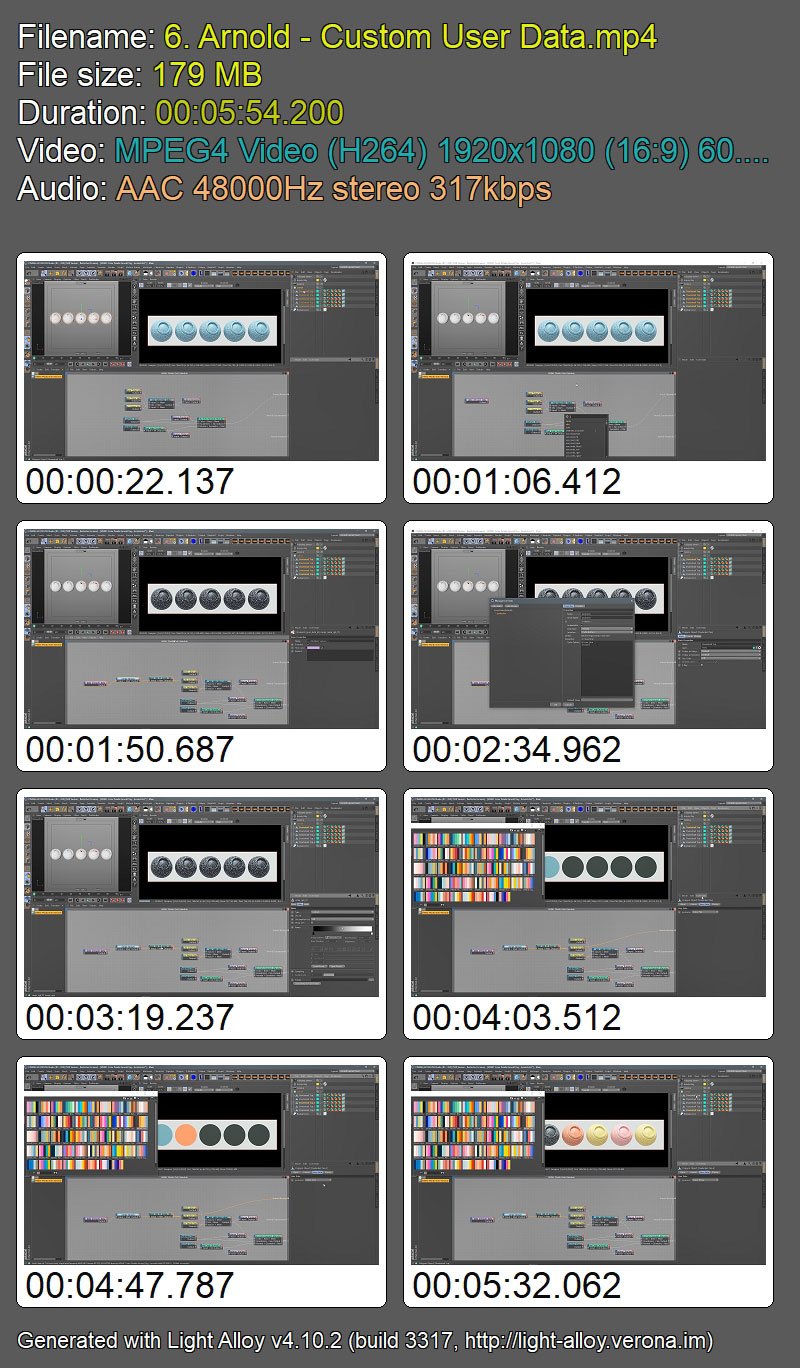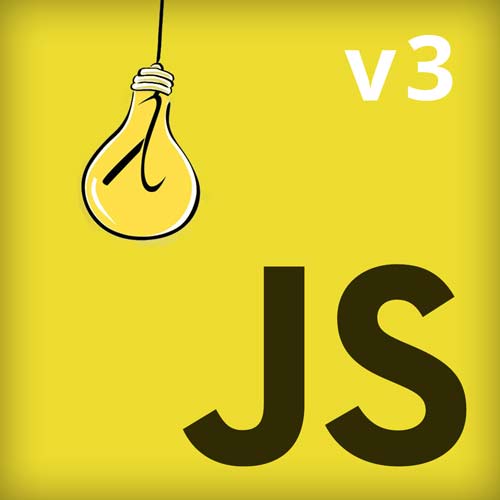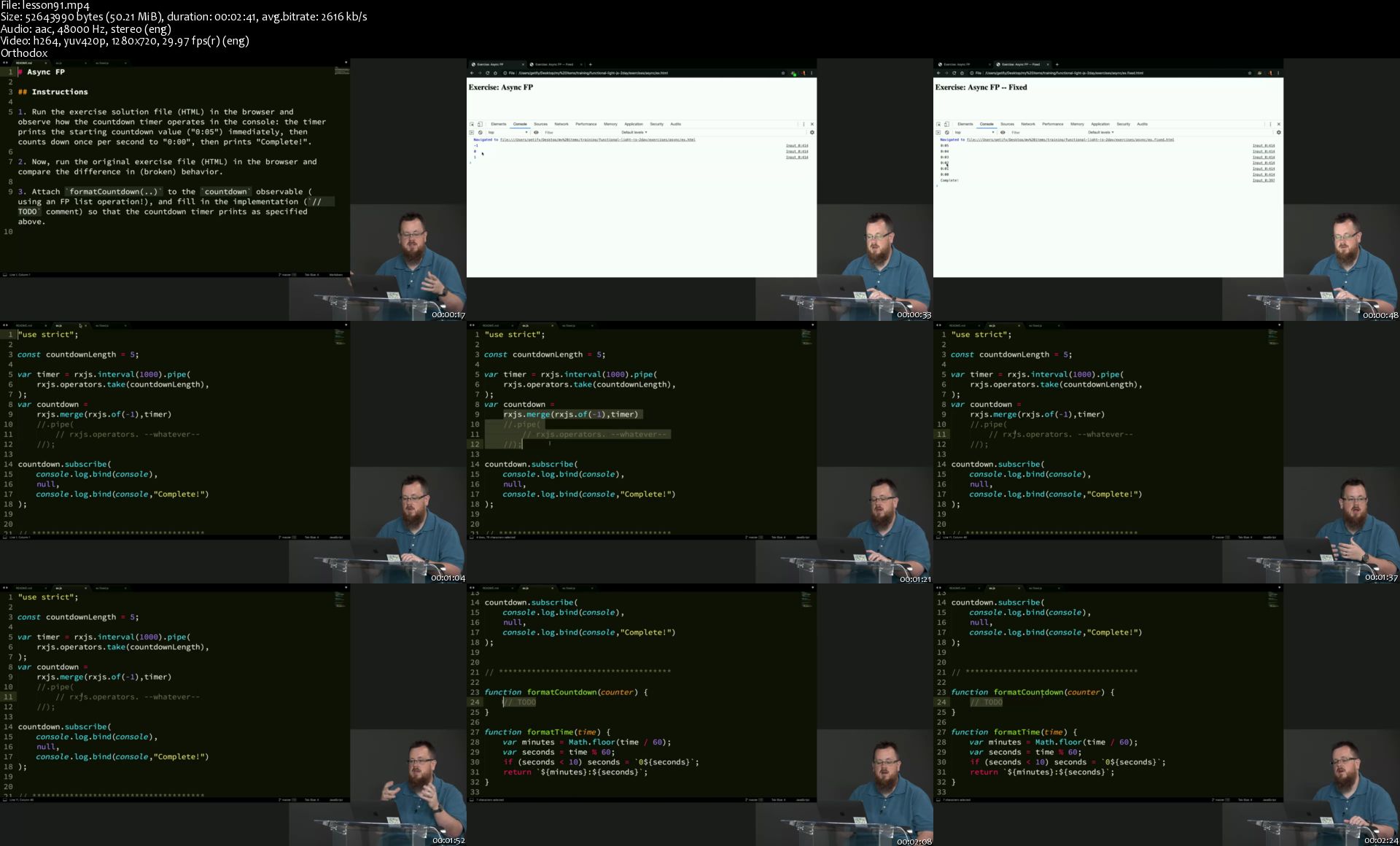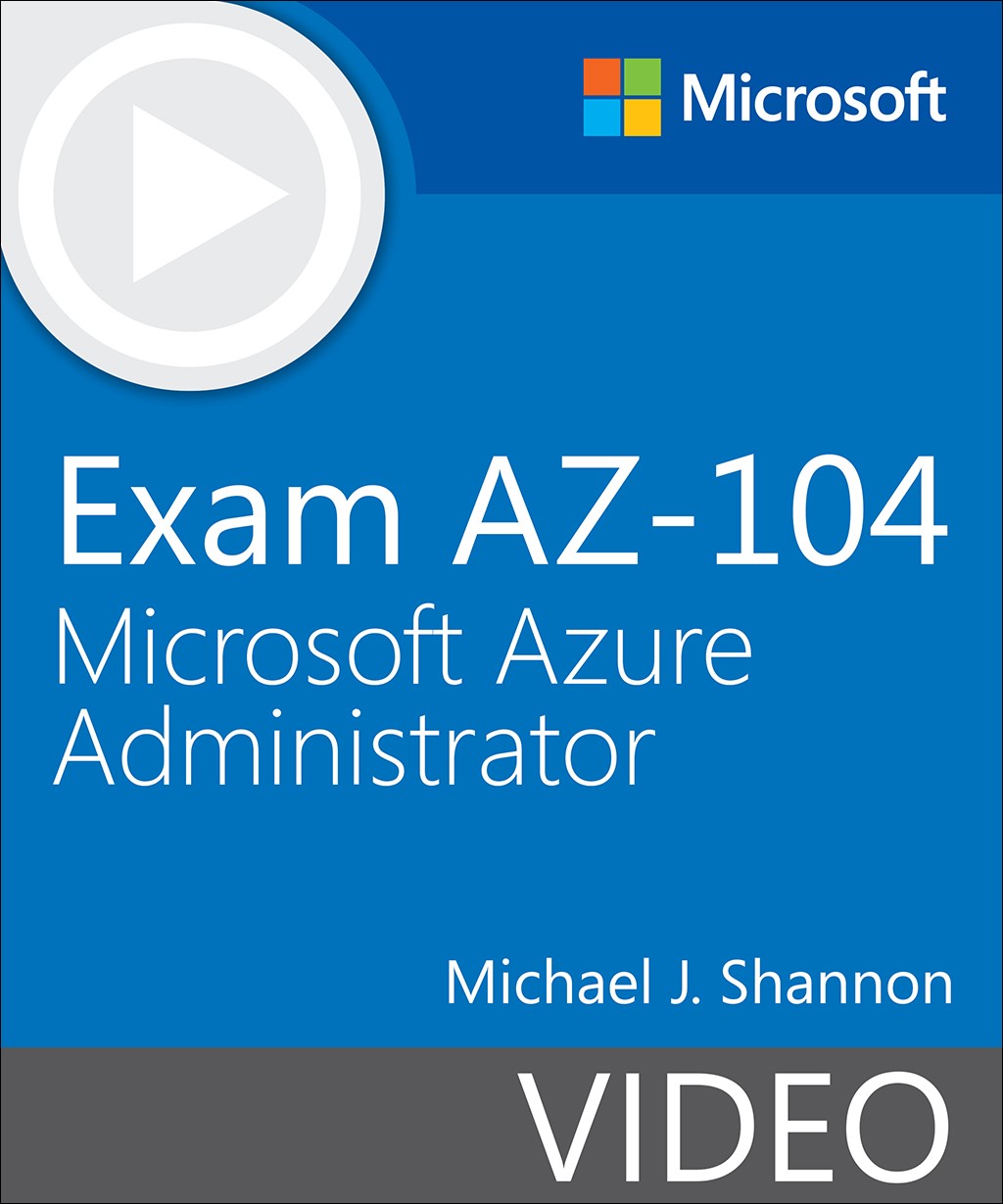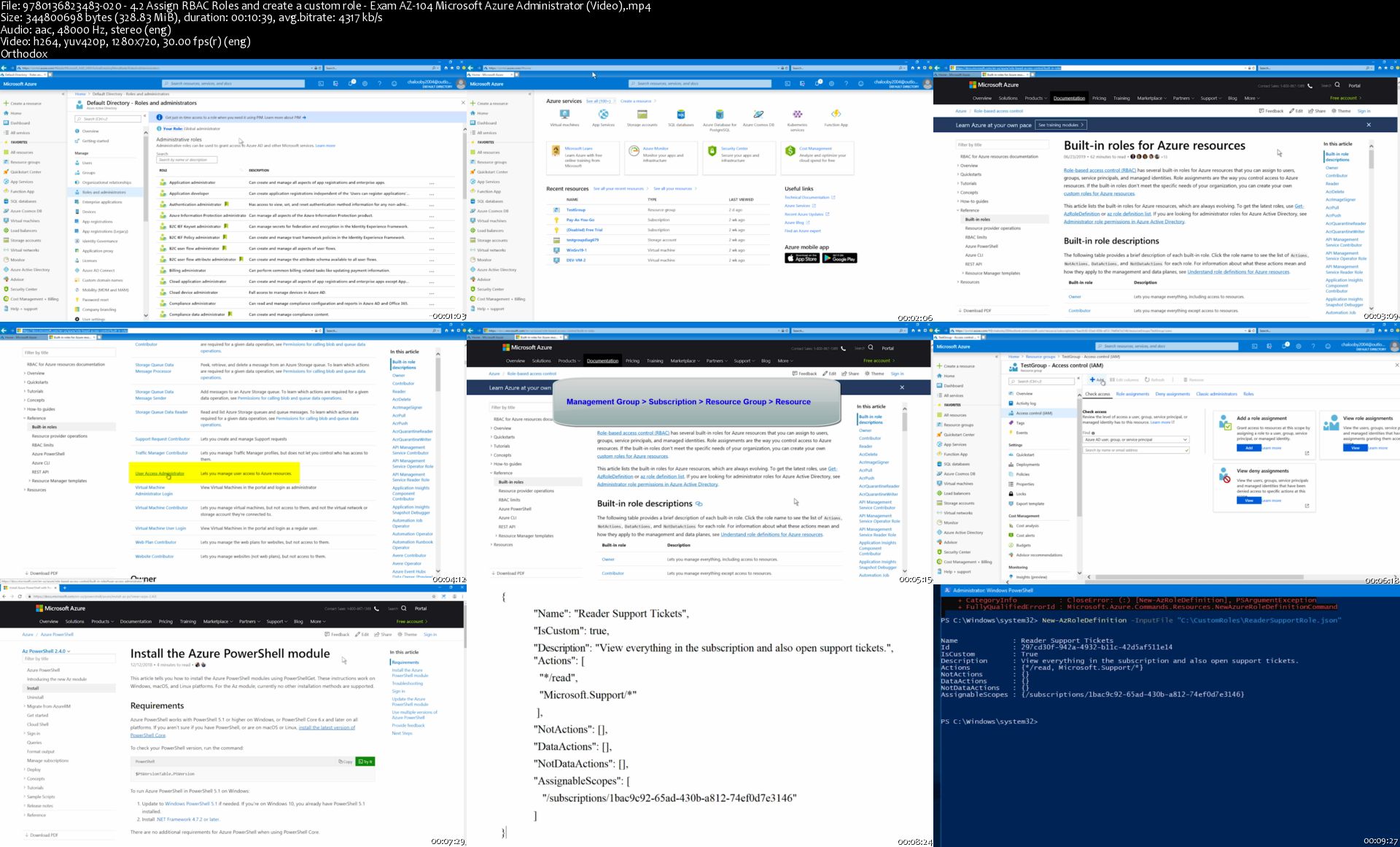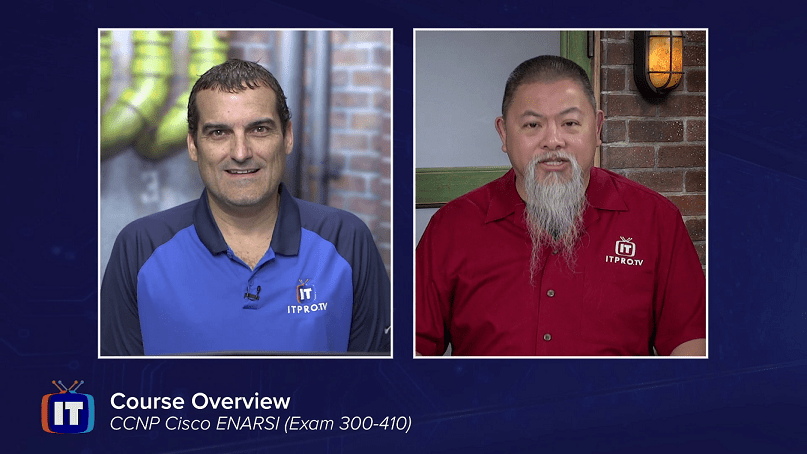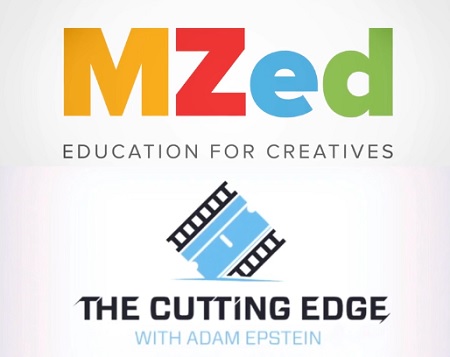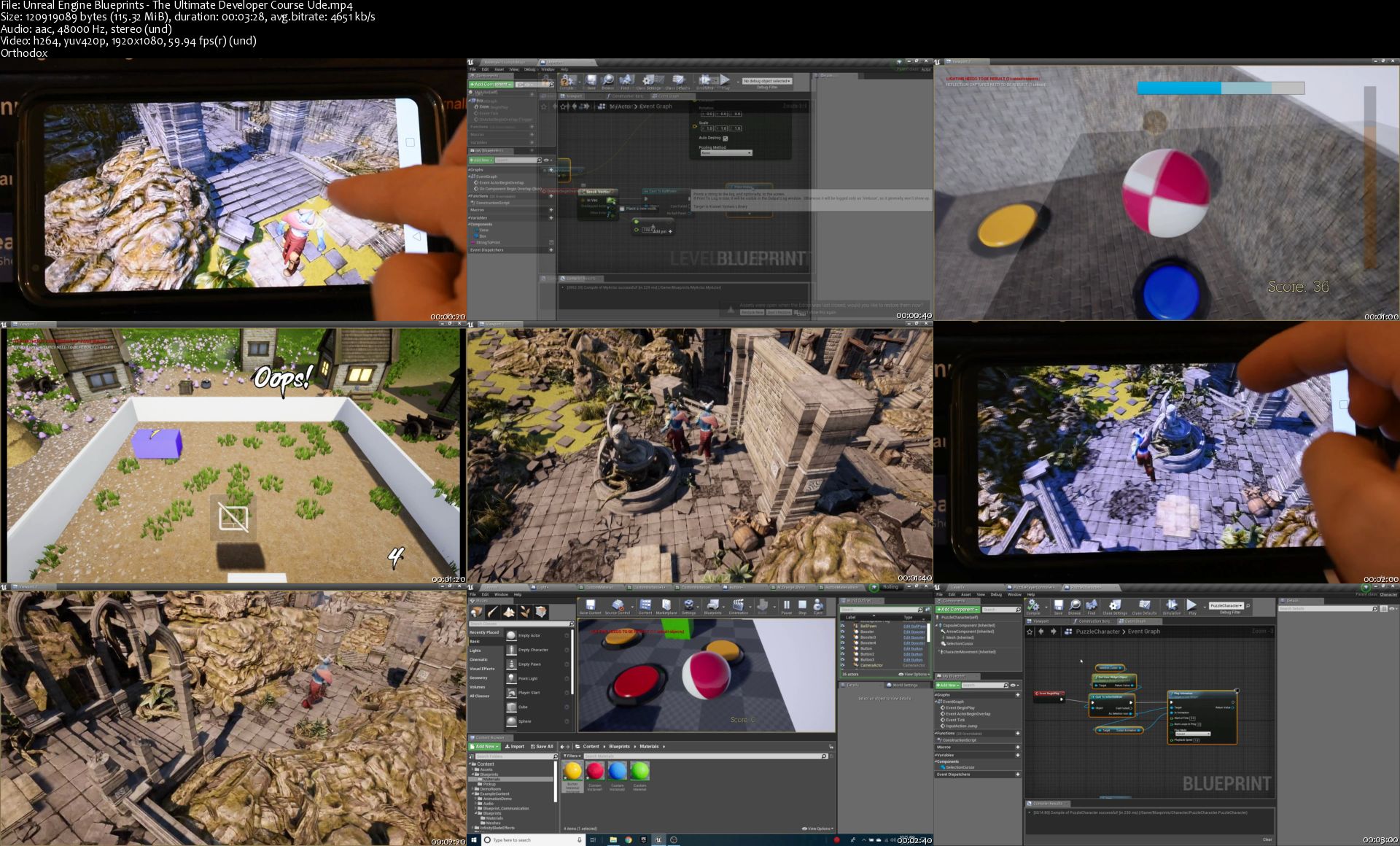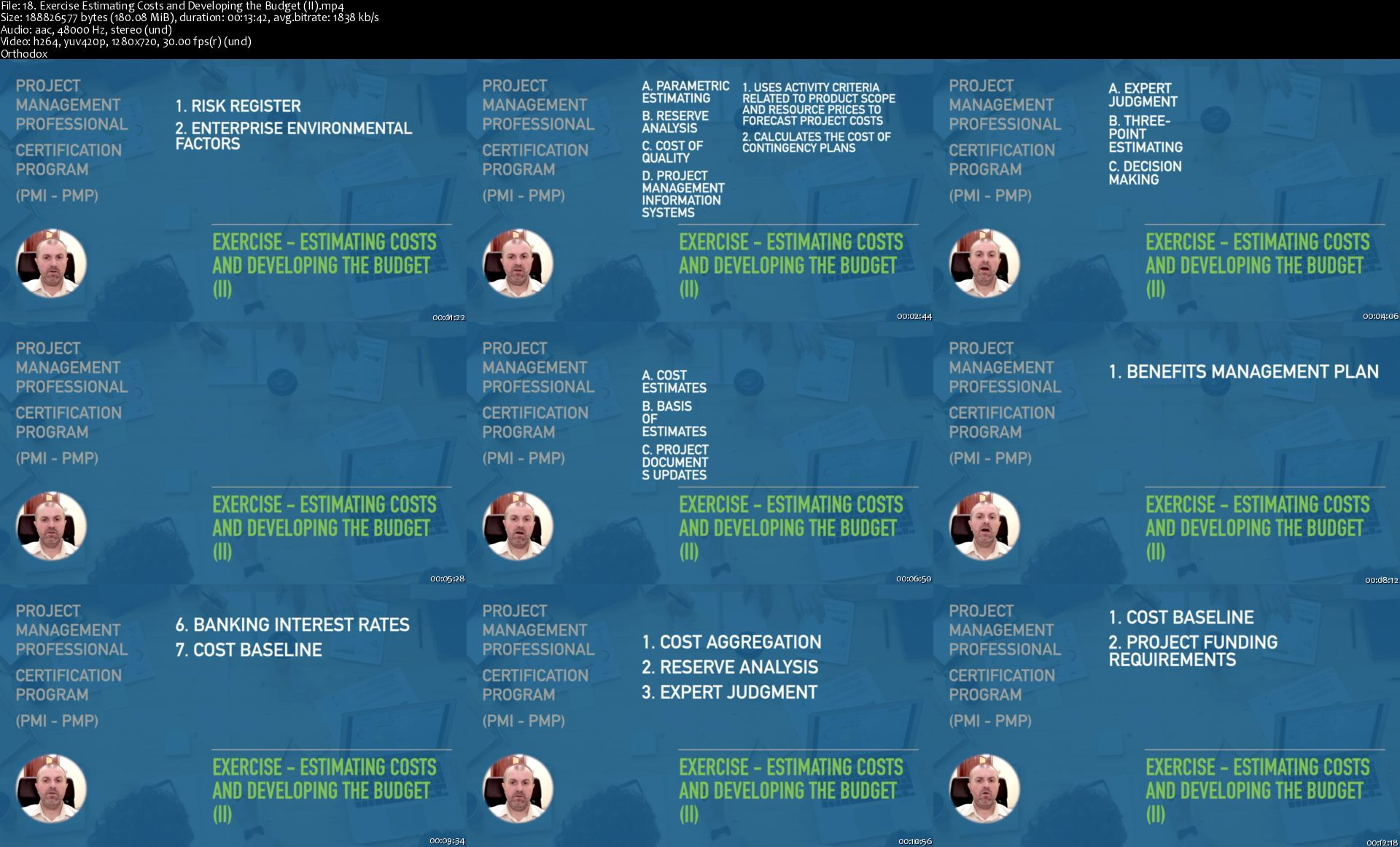Modern Javascript for Beginners 2020 + Javascript Projects (Updated 5/2020)
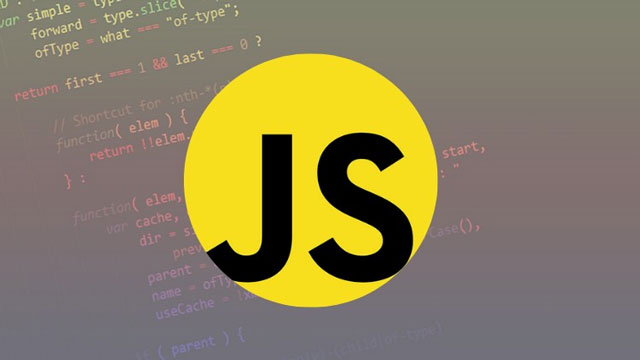
Modern Javascript for Beginners 2020 + Javascript Projects
Video: .mp4 (1280x720, 30 fps(r)) | Audio: aac, 44100 Hz, 2ch | Size: 5.49 GB
Genre: eLearning Video | Duration: 113 lectures (14 hour, 55 mins) | Language: English
The ultimate beginners course for Javascript - Learn Modern Javascript for 2020 with a plenty of examples and projects.
What you'll learn
A thorough introduction to the Javascript programming language
Information storage using variables and constants (both ES5 & ES6 methods)
Using the console to debug your code, check errors and retrieve intermediate outputs
Creating dynamic storages using variables and Javascript's different datatypes, including complex and simple ones
Javascript's strict mode and how it regulates your code
Type conversions in Javascript (including NaN, undefined and null)
Various ways to show outputs and get inputs from the users
Applying the various operators available in Javascript on your strings, numbers and boolean values
What are template strings (backticks) and when & how to use them
Working with strings and applying the various pre-defined string methods available to you on them
Creating numbers and manipulating them with a range of pre-defined number methods
Creating conditions using the if and switch statements
Creating loops using the for, while and do while loops and applying the break and continue statements on them
Creating both 1D and 2D arrays for varied storage and applying various pre-defined array methods on them
Working with dates and the Math object
Creating user-defined functions in Javascript (including anonymous functions, return, this & self-invoking functions)
The basics of Object Oriented Javascript (Creating objects, their properties and methods and manipulating them)\
An introduction to Javascript's Document Object Model (DOM)
Retrieving various HTML elements and manipulating them
Manipulating the CSS styles of various elements
Using event handlers to create an action-reaction effect in your web pages
Apply what you learn via various exercises, fun puzzles and real world projects
Requirements
Very basic understanding of HTML (any maybe) CSS should help, but you can understand the course without that as well.
A free text editor - notepad, notepad++, Atom editor, Brackets editor (I'll be using this one in the course)
Description
Javascript runs the web. It makes your website come alive. If you want to create magic with your websites or web apps, then you need Javascript. Period. You can literally do magic online with just Javascript. Just that.
In this course, we hope to break down the beginner concepts of the Javascript programming language into manageable parts so you can learn them fast and retain the concepts much longer.
This course will be useful for both beginners to the world of programming and programmers who already know other programming languages.
We'll be teaching you the latest version of Javascript (ECMAScript 2015 and above).
Every concept is taught through a wealth of over-the-shoulder examples so you understand the concepts better.
What will you learn in our course?
1. A thorough introduction to the Javascript programming language
2. Information storage using variables and constants (both ES5 & ES6 methods)
3. Using the console to debug your code, check errors and retrieve intermediate outputs
4. Creating dynamic storages using variables and Javascript's different datatypes, including complex and simple ones
5. Javascript's strict mode and how it regulates your code
6. Type conversions in Javascript (including NaN, undefined and null)
7. Various ways to show outputs and get inputs from the users
8. Applying the various operators available in Javascript on your strings, numbers and boolean values
9. What are template strings (backticks) and when & how to use them
10. Working with strings and applying the various pre-defined string methods available to you on them
11. Creating numbers and manipulating them with a range of pre-defined number methods
12. Creating conditions using the if and switch statements
13. Creating loops using the for, while and do while loops and applying the break and continue statements on them
14. Creating both 1D and 2D arrays for varied storage and applying various pre-defined array methods on them
15. Working with Dates and the Math object
16. Creating user-defined functions in Javascript (including anonymous functions, return, this & self-invoking functions)
17. The basics of Object Oriented Javascript (Creating objects, their properties and methods and manipulating them)
18. An introduction to Javascript's Document Object Model (DOM)
19. Retrieving various HTML elements and manipulating them
20. Manipulating the CSS styles of various elements
21. Using event handlers to create an action-reaction effect in your web pages
22. Global and local scope (function & block scopes)
23. Apply what you learn via various exercises, fun puzzles and real world projects
And so much more!
How is this course designed?
Our course has 12 modules, where each module will thoroughly explain the intricacies of one of the concepts in Javascript (the Modern version) with a wealth of over-the-shoulder examples.
Here are the modules:
Module 1 - Getting started with Javascript - This is the foundations module. We'll look into what setting up your Javascript coding environment, using consoles for bug detection, comments, getting basic outputs and so much more.
Module 2 - Variables, data types, type conversion and more - In this module, you'll learn how to create information storage spaces (variables), the different data types available and how to work with them.
Module 3 - Operators - In this module, we'll look into the various operators available in Javascript, using them to manipulate numbers, strings and booleans and more.
Module 4 - String and string methods - In this module, you'll learn how to create strings, how and when to use backticks, the various pre-defined string methods available to you and their uses.
Module 5 - Number and number methods - In this module, you'll learn about creating numbers in Javascript and using the various pre-defined number methods to manipulate them.
Module 6 - Conditional statements and loops - In this module, you'll learn how to create conditions with if and switch statements and using for, while and do while loops to repeat the same lines of code multiple times (based on given conditions).
Module 7 - Arrays - In this module, you'll learn how to create arrays and store more than one value (of different types) in them, how to retrieve those values, manipulate them with pre-defined array methods, use 2D arrays and so much more.
Module 8 - Date, date methods & Math object - In this module, you'll learn how to create and use the date object and use the math object to perform various math operations.
Module 9 - Functions - In this module, you'll learn how to create user-defined functions in Javascript (including anonymous functions, return, this & self-invoking functions).
Module 10 - Objects (Basics) - In this module, you'll learn the basics of Object Oriented Javascript (Creating objects, their properties and methods and manipulating them).
Module 11 - Document Object Model (DOM) - In this module, you'll learn about the DOM, how it works, how to use it to manipulate the elements in your websites and make it come alive using event handlers.
Module 12: We also cover a lot of examples, puzzles and real world projects (which are constantly updated):
For now, our course covers the following puzzles to gently nudge you into applying your theoretical Javascript knowledge in real world problem solving:
1. Puzzle #1 - Alternate small and capital letters in a given string
2. Puzzle #2 - Find the compound interest
Why should you choose our course?
1. We like to be thorough in our teaching. Every beginner topic covered in this course will cover everything you need to know about that particular topic. You won't have to look anywhere else.
2. We strongly advocate learning by doing, rather than just listening or reading. Our lectures are filled with a wealth of examples that explain every concept clearly.
3. If you follow along with our examples in our over-the-shoulder trainings, and create our examples with us, you'll have a thorough understanding of what Javascript is, and how to apply it to create magic in your websites. You'll be able to confidently add this as a skill in your resume.
4. We prefer creating fun projects to explain the concepts and to keep things interesting as well. You'll learn how to apply the concepts you learn in the course in the real world projects and examples.
So, what are you waiting for? Enroll now and start creating magic in your websites with Javascript in no time at all!
Who this course is for:
Anyone who's new to programming and would like to start with Javascript
Programmers who'd like to learn Javascript from the scratch
Javascript developers who'd like to brush up on their knowledge while learning the updated version
Anyone who'd like to pad their resume with a new skill
Web designers who'd like to get into development
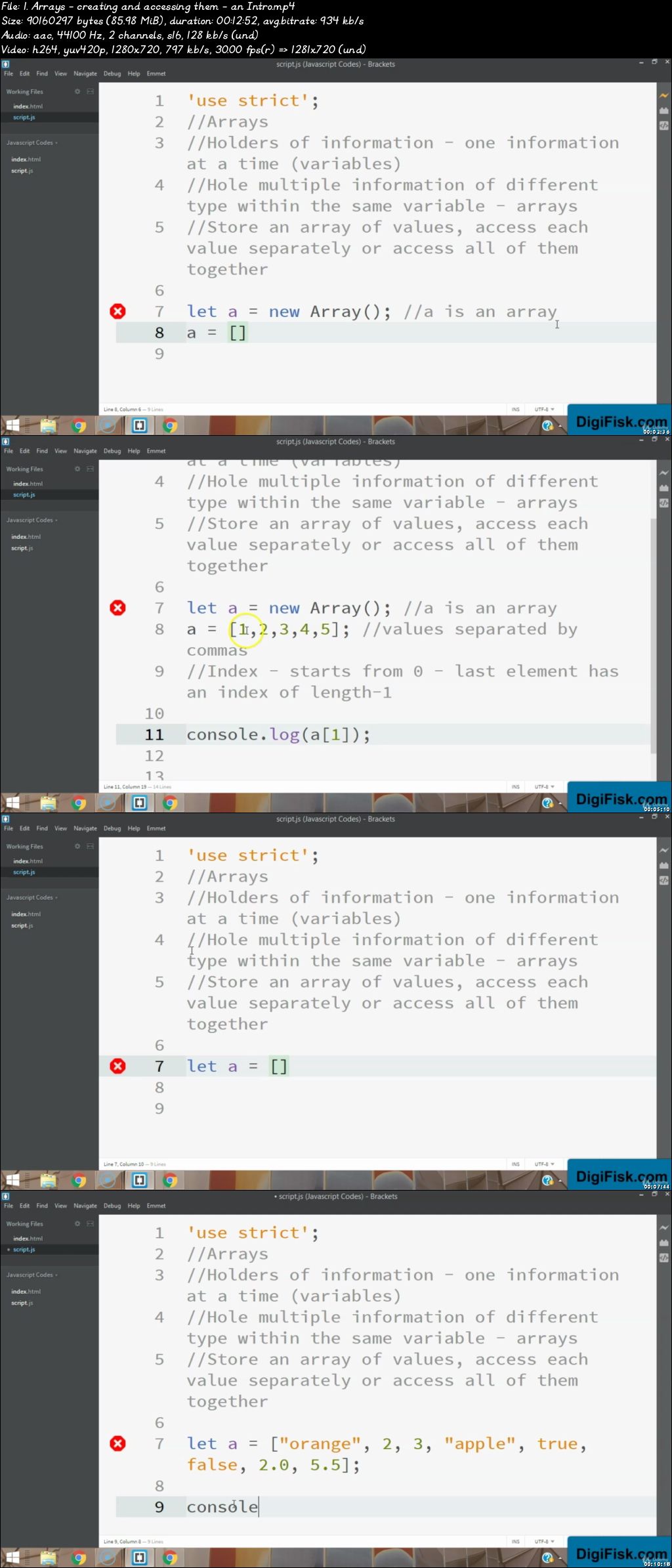

Modern Javascript for Beginners 2020 + Javascript Projects
Video: .mp4 (1280x720, 30 fps(r)) | Audio: aac, 44100 Hz, 2ch | Size: 5.49 GB
Genre: eLearning Video | Duration: 113 lectures (14 hour, 55 mins) | Language: English
The ultimate beginners course for Javascript - Learn Modern Javascript for 2020 with a plenty of examples and projects.
What you'll learn
A thorough introduction to the Javascript programming language
Information storage using variables and constants (both ES5 & ES6 methods)
Using the console to debug your code, check errors and retrieve intermediate outputs
Creating dynamic storages using variables and Javascript's different datatypes, including complex and simple ones
Javascript's strict mode and how it regulates your code
Type conversions in Javascript (including NaN, undefined and null)
Various ways to show outputs and get inputs from the users
Applying the various operators available in Javascript on your strings, numbers and boolean values
What are template strings (backticks) and when & how to use them
Working with strings and applying the various pre-defined string methods available to you on them
Creating numbers and manipulating them with a range of pre-defined number methods
Creating conditions using the if and switch statements
Creating loops using the for, while and do while loops and applying the break and continue statements on them
Creating both 1D and 2D arrays for varied storage and applying various pre-defined array methods on them
Working with dates and the Math object
Creating user-defined functions in Javascript (including anonymous functions, return, this & self-invoking functions)
The basics of Object Oriented Javascript (Creating objects, their properties and methods and manipulating them)\
An introduction to Javascript's Document Object Model (DOM)
Retrieving various HTML elements and manipulating them
Manipulating the CSS styles of various elements
Using event handlers to create an action-reaction effect in your web pages
Apply what you learn via various exercises, fun puzzles and real world projects
Requirements
Very basic understanding of HTML (any maybe) CSS should help, but you can understand the course without that as well.
A free text editor - notepad, notepad++, Atom editor, Brackets editor (I'll be using this one in the course)
Description
Javascript runs the web. It makes your website come alive. If you want to create magic with your websites or web apps, then you need Javascript. Period. You can literally do magic online with just Javascript. Just that.
In this course, we hope to break down the beginner concepts of the Javascript programming language into manageable parts so you can learn them fast and retain the concepts much longer.
This course will be useful for both beginners to the world of programming and programmers who already know other programming languages.
We'll be teaching you the latest version of Javascript (ECMAScript 2015 and above).
Every concept is taught through a wealth of over-the-shoulder examples so you understand the concepts better.
What will you learn in our course?
1. A thorough introduction to the Javascript programming language
2. Information storage using variables and constants (both ES5 & ES6 methods)
3. Using the console to debug your code, check errors and retrieve intermediate outputs
4. Creating dynamic storages using variables and Javascript's different datatypes, including complex and simple ones
5. Javascript's strict mode and how it regulates your code
6. Type conversions in Javascript (including NaN, undefined and null)
7. Various ways to show outputs and get inputs from the users
8. Applying the various operators available in Javascript on your strings, numbers and boolean values
9. What are template strings (backticks) and when & how to use them
10. Working with strings and applying the various pre-defined string methods available to you on them
11. Creating numbers and manipulating them with a range of pre-defined number methods
12. Creating conditions using the if and switch statements
13. Creating loops using the for, while and do while loops and applying the break and continue statements on them
14. Creating both 1D and 2D arrays for varied storage and applying various pre-defined array methods on them
15. Working with Dates and the Math object
16. Creating user-defined functions in Javascript (including anonymous functions, return, this & self-invoking functions)
17. The basics of Object Oriented Javascript (Creating objects, their properties and methods and manipulating them)
18. An introduction to Javascript's Document Object Model (DOM)
19. Retrieving various HTML elements and manipulating them
20. Manipulating the CSS styles of various elements
21. Using event handlers to create an action-reaction effect in your web pages
22. Global and local scope (function & block scopes)
23. Apply what you learn via various exercises, fun puzzles and real world projects
And so much more!
How is this course designed?
Our course has 12 modules, where each module will thoroughly explain the intricacies of one of the concepts in Javascript (the Modern version) with a wealth of over-the-shoulder examples.
Here are the modules:
Module 1 - Getting started with Javascript - This is the foundations module. We'll look into what setting up your Javascript coding environment, using consoles for bug detection, comments, getting basic outputs and so much more.
Module 2 - Variables, data types, type conversion and more - In this module, you'll learn how to create information storage spaces (variables), the different data types available and how to work with them.
Module 3 - Operators - In this module, we'll look into the various operators available in Javascript, using them to manipulate numbers, strings and booleans and more.
Module 4 - String and string methods - In this module, you'll learn how to create strings, how and when to use backticks, the various pre-defined string methods available to you and their uses.
Module 5 - Number and number methods - In this module, you'll learn about creating numbers in Javascript and using the various pre-defined number methods to manipulate them.
Module 6 - Conditional statements and loops - In this module, you'll learn how to create conditions with if and switch statements and using for, while and do while loops to repeat the same lines of code multiple times (based on given conditions).
Module 7 - Arrays - In this module, you'll learn how to create arrays and store more than one value (of different types) in them, how to retrieve those values, manipulate them with pre-defined array methods, use 2D arrays and so much more.
Module 8 - Date, date methods & Math object - In this module, you'll learn how to create and use the date object and use the math object to perform various math operations.
Module 9 - Functions - In this module, you'll learn how to create user-defined functions in Javascript (including anonymous functions, return, this & self-invoking functions).
Module 10 - Objects (Basics) - In this module, you'll learn the basics of Object Oriented Javascript (Creating objects, their properties and methods and manipulating them).
Module 11 - Document Object Model (DOM) - In this module, you'll learn about the DOM, how it works, how to use it to manipulate the elements in your websites and make it come alive using event handlers.
Module 12: We also cover a lot of examples, puzzles and real world projects (which are constantly updated):
For now, our course covers the following puzzles to gently nudge you into applying your theoretical Javascript knowledge in real world problem solving:
1. Puzzle #1 - Alternate small and capital letters in a given string
2. Puzzle #2 - Find the compound interest
Why should you choose our course?
1. We like to be thorough in our teaching. Every beginner topic covered in this course will cover everything you need to know about that particular topic. You won't have to look anywhere else.
2. We strongly advocate learning by doing, rather than just listening or reading. Our lectures are filled with a wealth of examples that explain every concept clearly.
3. If you follow along with our examples in our over-the-shoulder trainings, and create our examples with us, you'll have a thorough understanding of what Javascript is, and how to apply it to create magic in your websites. You'll be able to confidently add this as a skill in your resume.
4. We prefer creating fun projects to explain the concepts and to keep things interesting as well. You'll learn how to apply the concepts you learn in the course in the real world projects and examples.
So, what are you waiting for? Enroll now and start creating magic in your websites with Javascript in no time at all!
Who this course is for:
Anyone who's new to programming and would like to start with Javascript
Programmers who'd like to learn Javascript from the scratch
Javascript developers who'd like to brush up on their knowledge while learning the updated version
Anyone who'd like to pad their resume with a new skill
Web designers who'd like to get into development









